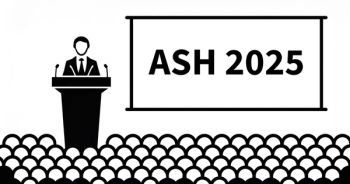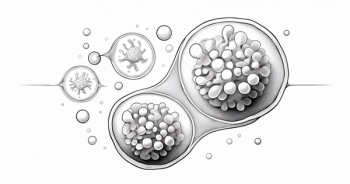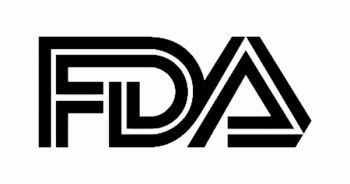
Stage 3a Versus 3b FL: How to Treat
Nathan H. Fowler, MD:Today, when we’re grading these lymphomas, they’re often graded into grade 1, grade 2, grade 3, 3a, and 3b. And, sometimes, one of the more difficult clinical decisions is deciding how to treat patients who are 3a or 3b. I generally think of follicular lymphoma grade 3b as a lymphoma that really acts and should be treated as an aggressive lymphoma. So, grade 3b, I generally treat as a large-cell lymphoma, and I think about that as kind of a transformed follicular. Generally, I treat them with combined chemotherapy with rituximab. Grade 3a is on the fence. And when I’m talking to patients, I generally think about this as a diagnosis that can go either way. Grade 3a means that there were more than 15 large cells in a sample, but there were still small cells, still centrocytes, within the sample.
If you look at a lot of literature, grade 3a is sometimes treated as an aggressive lymphoma, and in some studies, grade 3a is included with patients who were treated with low-grade approaches. Now, when I say it can go either way, I generally look at the other factors in a patient’s presentation when deciding how to treat a grade 3a. For example, in a patient who has 3a, if they have very low-volume disease, low SUV on PET scan, the Ki67 is low, and they have a low LDH, I generally treat them as a low-grade lymphoma. However, if they have grade 3a on pathology, but the disease is growing rapidly; their SUV is higher than 13, 14, or 15; and their LDH is high, I generally think that they may be in the process of transforming or at least have some aggressive component that potentially wasn’t seen on the biopsy, and I treat them as a large-cell lymphoma.
Transcript edited for clarity.
June 2015
- A 65-year old female presented to her PCP complaining of night sweats and swelling in the neck
- PMH: osteoporosis, neurogenic bladder
- Physical examination:
- Enlarged spleen 2 cm. below costal margin, bilateral cervical and axillary lymphadenopathy
- ECOG 0
- Laboratory findings:
- WBC: 12 x 109/L; 45% lymphocytes
- Hb: 11.5 g/dL
- Platelets: 213 x 109/L
- LDH 212 U/L
- Excisional biopsy of the lymph nodes:
- IHC: CD10+, BCL2+
- Follicular lymphoma, grade IIIa
- Bone marrow biopsy, 40% involved
- 18FDG-PET showed SUVmax of 9 with discrete masses bilaterally in the cervical and axillary region and increased uptake in the liver
- FLIPI 4 points, high risk
- The patient was started on bendamustine + rituximab (6 cycles) and was continued on rituximab maintenance therapy for 12 months
- She achieved a partial response with a 75% reduction in tumor volume
February 2018
- After 32 months, the patient complained of her symptoms returning
- CT showed disease progression in the axillary and hilar lymph nodes
- PET with SUV of 11
- Re-biopsy of lymph node, consistent with follicular lymphoma grade IIIa
- The patient was referred to an academic center for treatment
- She was enrolled in an open-label clinical trial of lenalidomide/rituximab (12 cycles)
- She achieved partial remission after 3 months
February 2019
- Twelve months later, the patient presents with low-grade fever and chills, she is otherwise well-appearing and continues to exercise regularly
- ECOG 0
- PET-CT showed further progression in the axillary lymph nodes
- The patient was treated with IV copanlisib and achieved a partial response after 4 cycles; she continues to do well on therapy







































